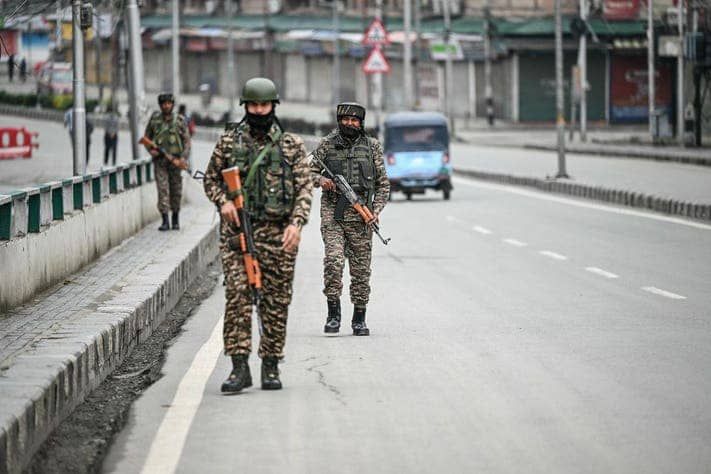By Burnett Munthali
In a dramatic turn of events that captured global attention, Indian and Pakistani officials announced a ceasefire agreement Wednesday morning, effectively ending three days of intense armed conflict between the two neighboring nuclear powers.
The conflict, which erupted earlier in the week, had raised international concerns about the potential for escalation between India and Pakistan—two nations with a long and tense history of military confrontations.
Subrahmanyam Jaishankar, India’s Foreign Minister, took to social media to confirm the ceasefire, stating that both sides had “worked out an understanding on stoppage of firing and military action.”

Jaishankar’s remarks indicated that diplomatic efforts were underway even as the fighting raged on, and that both governments ultimately opted for dialogue over continued aggression.
Meanwhile, Pakistan’s Deputy Prime Minister, Ishaq Dar, announced that the ceasefire was to take effect immediately, marking a swift and decisive pause in hostilities.
Dar’s declaration suggested a sense of urgency and willingness on both sides to de-escalate the situation and prevent further loss of life or damage.
While the exact cause of the conflict remains under analysis, the speed at which the ceasefire was brokered points to high-level involvement and backchannel negotiations likely taking place behind the scenes.
Former U.S. President Donald Trump has since claimed that India and Pakistan reached the ceasefire agreement following his involvement, although the nature and extent of his role remain unverified at this point.
Trump’s assertion, if substantiated, would mark another instance of his engagement in foreign affairs despite no longer holding office, and could influence international perceptions of his continued political relevance.
The news of the ceasefire has been met with cautious optimism across the international community, as analysts warn that tensions between the two countries, particularly over disputed territories, remain unresolved.
The brief but intense skirmish has underscored how quickly long-standing rivalries in South Asia can flare up and the global risks associated with conflicts involving nuclear-armed states.
Observers are now calling for sustained diplomatic engagement and confidence-building measures to prevent future escalations between India and Pakistan.
This is a developing story, and more details are expected to emerge as both governments release additional statements and reports from the border regions become available.
The world watches closely as South Asia attempts to step back from the brink, hopeful that the ceasefire holds and that peace prevails in a region often fraught with volatility.
Stay tuned for further updates on this story as new information becomes available.



